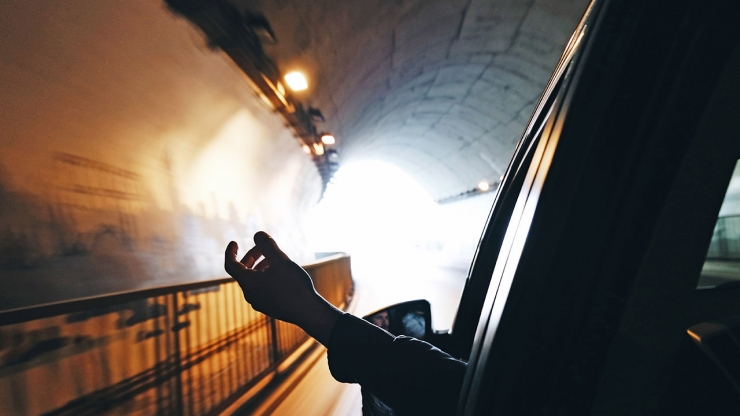
A good tunnel lighting ensures that the driver adapts to the light inside the tunnel at the entrance of the tunnel. It creates a safe driving environment by providing adequate lighting throughout the tunnel. The driver must enter the tunnel without any negative impact, pass through the tunnel and exit the tunnel.
Especially daytime illumination in tunnels has more specific requirements due to adaptation problem. The low levels of illumination in the tunnel will cause the driver to experience temporary blindness at the tunnel entrance and inside of the driver who has been exposed to the high levels of sunlight for a long time. For this reason, the lighting in the tunnel must be changed gradually to allow the driver to adapt.
Tunnel lighting is divided into five zones; access zone, threshold zone, transition zone, inner zone, and exit zone.
The access zone is not located in the tunnel. This area refers to the area from the road to the entrance of the tunnel and its length is equal to the safe braking distance. This is the most important area in tunnel lighting because the driver’s eyes are adapted to the low levels of illumination within the tunnel. The purpose of illumination in this area is to ensure that drivers can clearly see the tunnel instead of facing a black hole.
The threshold zone is the area that is equal to the distance from the brake to the safe distance, depending on the speed limit, which comes after the access zone. In the first half of this region, illumination is made equal to the illumination of the outside environment. When it comes to the end of the region, it should be reduced to 40% of the first bright values.
The transition zone comes after the access zone. The length is equal to the distance traveled in 20 seconds, depending on the speed limit. The lighting level in this zone is gradually reduced and at the end of the zone, the illumination level is equal to the interior illumination.
The interior is located between the transition zone and the exit zone. It is usually the longest, most deprived area of the tunnel. In this area, lighting should be determined depending on speed limit and traffic intensity. In the inner part of the tunnel, the luminance level must be between 1 cd/m2 and 10 cd/m2.
The exit area is the area from the end of the inner region to the exit of the tunnel. This zone prevents drivers from being negatively affected by the low levels of illumination in the tunnel, allowing them to adapt to the high light outside.
Different lighting requirements occur in tunnels at night. Because in daytime outside of the tunnel is brighter than the inside of the tunnel and at nights inside of the tunnel is brighter than the outside of the tunnel. Therefore, daytime illumination in the tunnel cannot be used at night. During the night lighting, the brightness levels between 2.5 cd/m2 and 5 cd/m2 are required throughout the tunnel.
Since tunnels have special lighting requirements, a large number of lighting fixtures are used to provide these requirements. This leads to high energy consumption costs. Therefore, it is important to use energy efficient lighting elements in tunnel lighting.
Maintenance of lighting systems in tunnels is both difficult and costly. For this reason, lighting fixtures that have long service life and do not require maintenance should be used as possible.

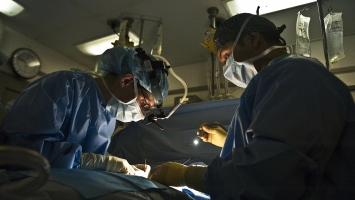

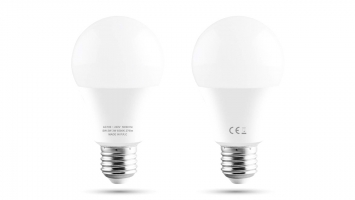
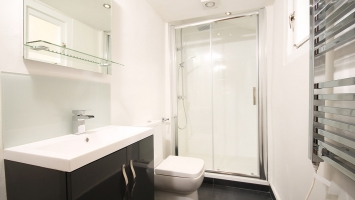
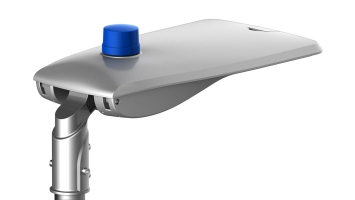
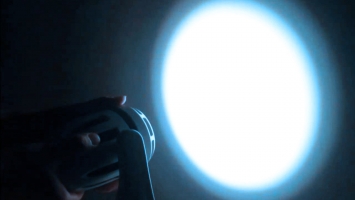
COMMENTS
MAKE A COMMENT